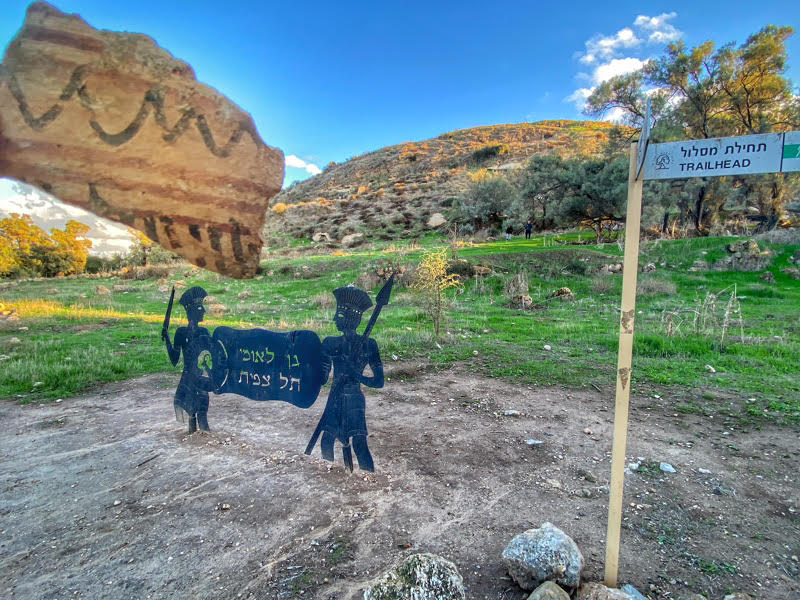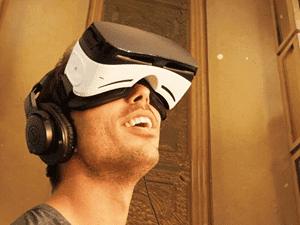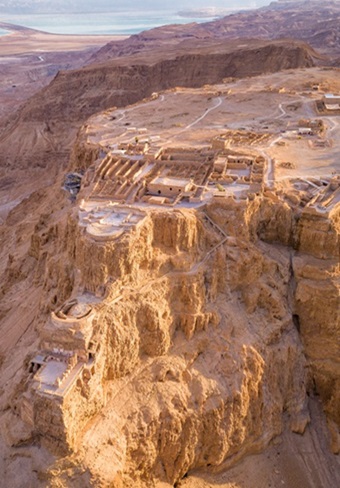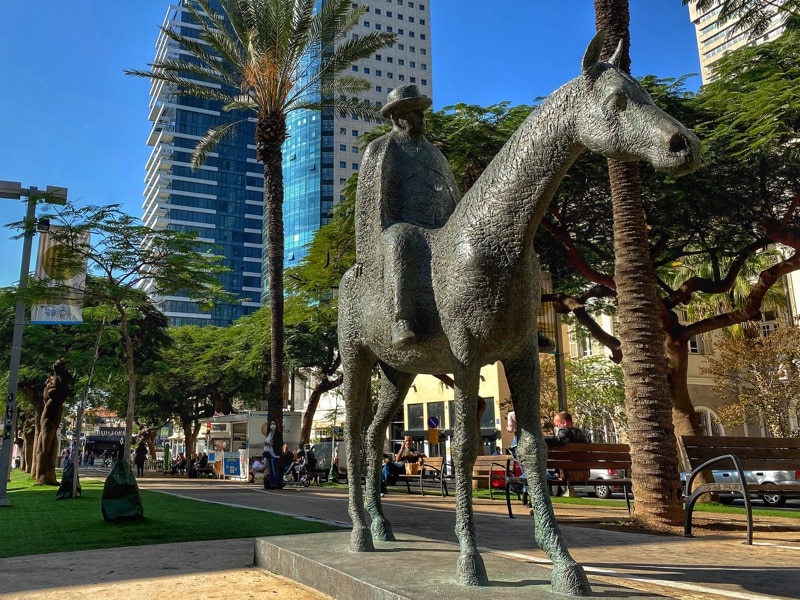Unearthing Masada – A Chronicle of Its Archaeological Exploration

Masada stands as one of Israel’s most renowned archaeological sites, blending a wealth of finds with breathtaking vistas of the Dead Sea and the Judean Desert. These are augmented by its turbulent and tragic history, as presented by first-century historian Josephus. He describes in detail its vast development by King Herod and how, a century later, it became a refuge for Jews fleeing the Romans. The Romans eventually conquered the site, yet the Jews committed suicide, favoring death to Roman enslavement. In the Byzantine period, monks resettled Masada, Establishing a laura monastery on the site. However, with the rise of Islam in the seventh century the monastery ceased to exist and Masada sank into oblivion.
Masada Rediscovered
In 1806 German researcher Ulrich Jasper Seetzen traveled around the Dead Sea in and documented the plateau of “Es-Sebbeh” (in Arabic – The cursed). He was the first western scholar to docuemnt the site, but without reaching it or suggesting this is Masada. American bible scholar Edward Robinson and his assistant Eli Smith were the first to Identify Es-Sebbeh as Masada. They did not reach the site but viewed it with binoculars from Ein-Gedi. The American missionary Wolcott and British painter Tipping were the first to reach its summit and generate sketches of it. In 1848, Lintsch documented the Masada’s cisterns, and in 1851, the French Scholar De-Saucy dug its church. Charles Warren and later Claude Conder provided the first map of the site in 1875. In 1909 Domasacski surveyd the Roman camps, and in 1932 Shulten excavated some of them.
Masada Iconized
In the 1920s and 1940s, Masada also developed as a symbol for Zionist youth groups. A Hebrew translation of Josephus’s book from 1923 caused Masada to be recognized among the Jews of Palestine. Youth groups led by figures like Shmaryau Gutman went on long excursions to reach the site. Moreover, in 1941 when the Zionist movement feared a Nazi invasion into Palestine, they fortified the Carmel and titled it as “Masada of the Carmel”.
Masada’s Main Excavations
In the 1950s Israeli archaeologists Gutman Aharoni and Meshel conducted survey excavations on the mountain, mainly at the northern palace. A major excavation project was finally carried out at Masada between 1963 and 1965. Headed by Yigael Yadin, these excavations uncovered most of Masada’s structures and a wealth of finds that attest to its dramatic history.
Masada Opened for Visitors
Following the excavations, in 1971 Israel installed cable car to reach its top in comfort, and Masada was opened for visitors. The Israeli Nature Parks Authority maintains the site and is also responsible for its restoration and conservation. Smaller-scale excavations have been carried out since 1989; the latest, by Guy Shtibel, attempts to track Masada’s ancient Fauna.
With the influx of tourism, a new, larger cable car was installed in 1999, and most of the site became more accessible. In 2006 the state inaugrated a new museum, showcasing Masada’s artifacts in a unique and innovative form.
Touring Masada
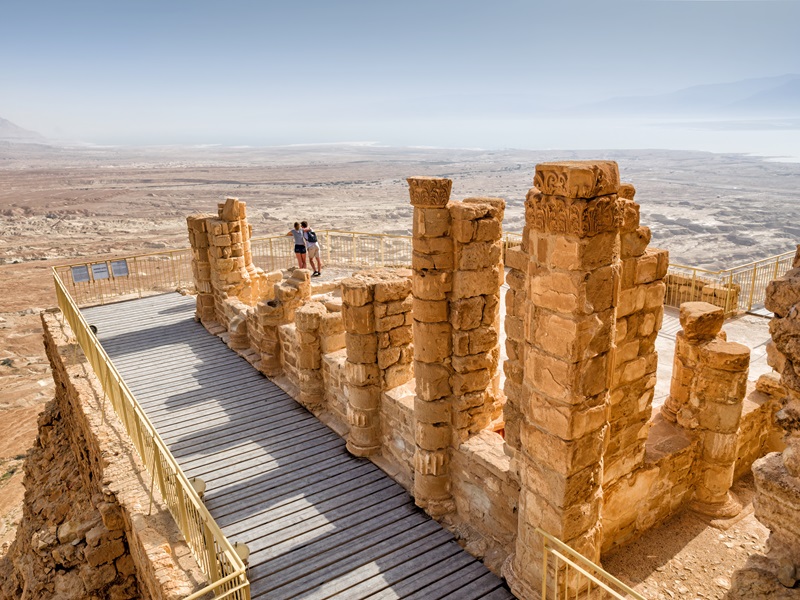
Masada’s historical significance and state of preservation make it a captivating and emotionally charged site to visit. It is highly recommended to anyone touring Israel.
A tour to Masada can be seamlessly integrated into a day tour of the Dead Sea region, offering a comprehensive exploration of this iconic location.
